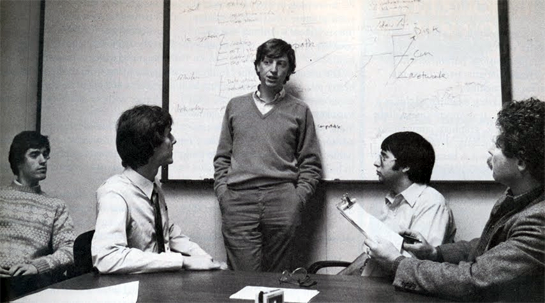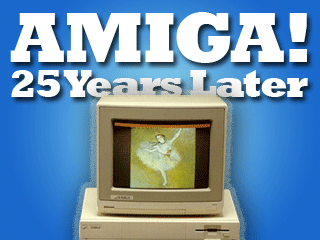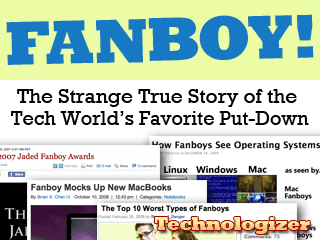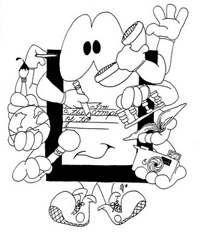[NOTE: Here’s a story from our most recent Technologizer’s T-Week newsletter–go here to sign up to receive it each Friday. You’ll get original stuff that won’t show up on the site until later, if at all.]
 Whenever I write about the pros and cons of Windows PCs and Macs–as I did recently for TIME.com–I make at least brief mention of the fact that I’m a happy user of both. But I’m not sure if I’ve ever outlined just why I buy and use both flavors of computer rather than settling on one or the other. Here are some quick thoughts on that subject.
Whenever I write about the pros and cons of Windows PCs and Macs–as I did recently for TIME.com–I make at least brief mention of the fact that I’m a happy user of both. But I’m not sure if I’ve ever outlined just why I buy and use both flavors of computer rather than settling on one or the other. Here are some quick thoughts on that subject.
First, a review of my life as a user of operating systems might be in order. For most of it, I was a single-OS user–sometimes ardently so…
1978-1982: I was a Radio Shack TRS-80 snob (thinking back, that sounds like an oxymoron, but trust me–I was one).
1982-1984 or thereabouts: I had and liked an Atari 400, but I don’t recall being passionate about it. I also backslid and did a fair percentage of my college work on…typewriters.
1984-1986: I went through an odd period during which I temporarily lost interest in computers, except for word processing.
1987-1991: I dabbled on a borrowed Mac, but I also bought a Commodore Amiga and became a–I try to avoid this word, but it’s the only one that fits–fanboy.

 If breakfast cereals were named like technology products, there would be no Cocoa Krispies or Cheerios.
If breakfast cereals were named like technology products, there would be no Cocoa Krispies or Cheerios. [NOTE: Here’s a story from our most recent Technologizer’s T-Week newsletter–
[NOTE: Here’s a story from our most recent Technologizer’s T-Week newsletter– Writing about music, a famous,
Writing about music, a famous,  Microsoft shipped Windows 1.0 on November 20th, 1985. Twenty-five years and two days later, it’s not just hard to remember an era in which Windows wasn’t everywhere–it’s also easy to forget that it wasn’t a given that it would catch on, period.
Microsoft shipped Windows 1.0 on November 20th, 1985. Twenty-five years and two days later, it’s not just hard to remember an era in which Windows wasn’t everywhere–it’s also easy to forget that it wasn’t a given that it would catch on, period.
 Twenty-five years ago today, a new personal computer was unveiled at a
Twenty-five years ago today, a new personal computer was unveiled at a  For no particular reason other than that it’s Friday, let’s take a guided tour of the evolution of TV in America from the late 1930s through the early 1970s–as shown in commercials and promotional films from RCA, which was once practically synonymous with consumer electronics in this country. You may take moving images, color screens, remote controls, and displays small enough to tote around for granted, but they were all startling breakthroughs in their day.
For no particular reason other than that it’s Friday, let’s take a guided tour of the evolution of TV in America from the late 1930s through the early 1970s–as shown in commercials and promotional films from RCA, which was once practically synonymous with consumer electronics in this country. You may take moving images, color screens, remote controls, and displays small enough to tote around for granted, but they were all startling breakthroughs in their day.
